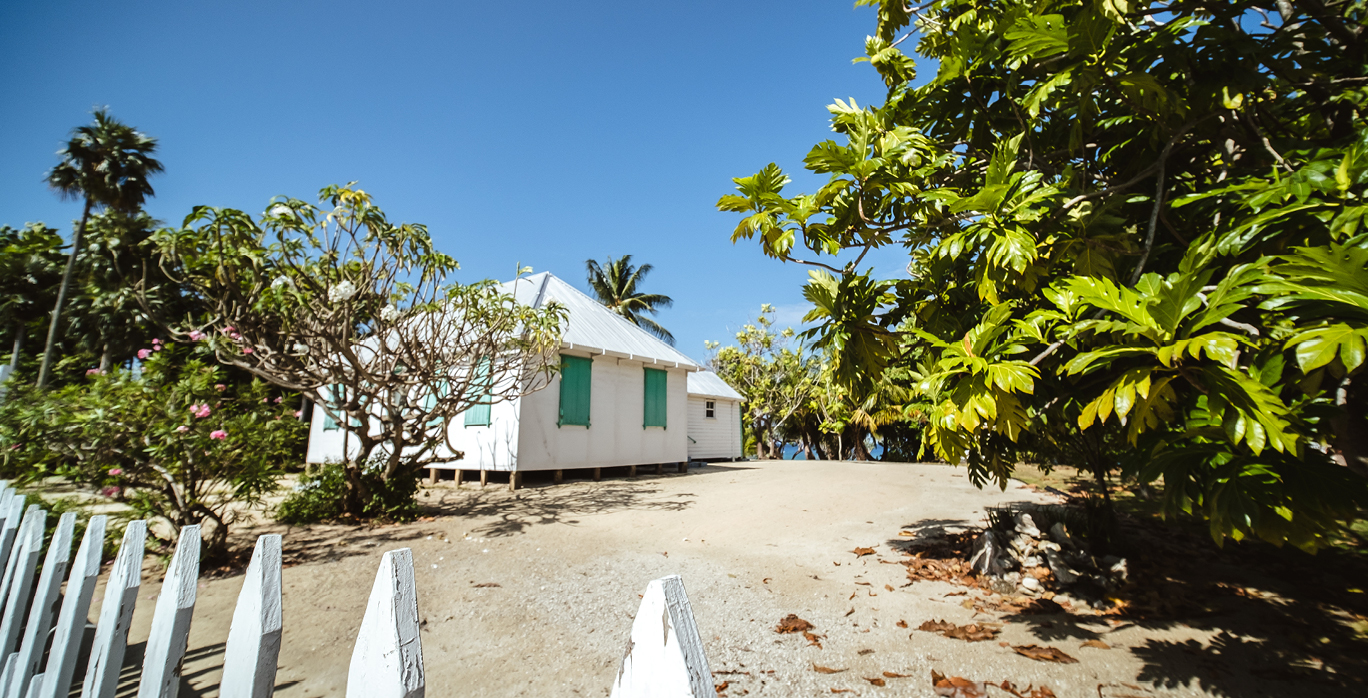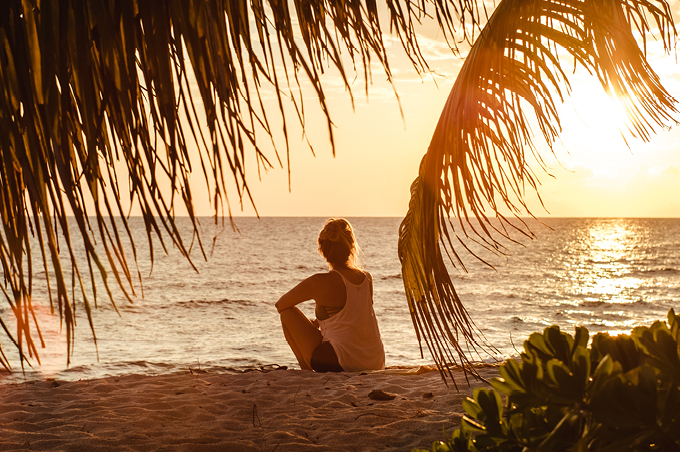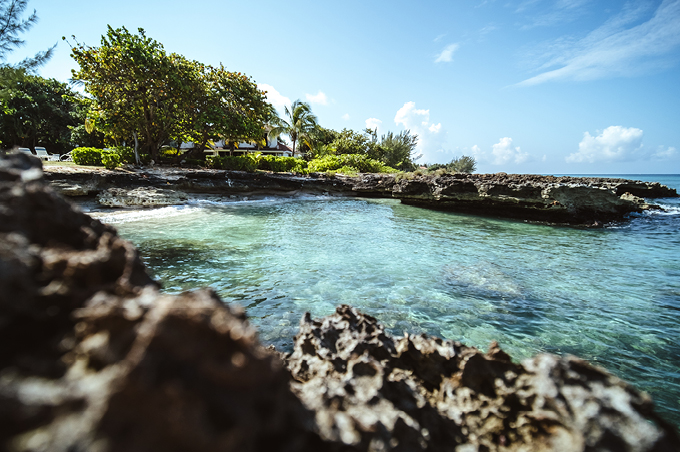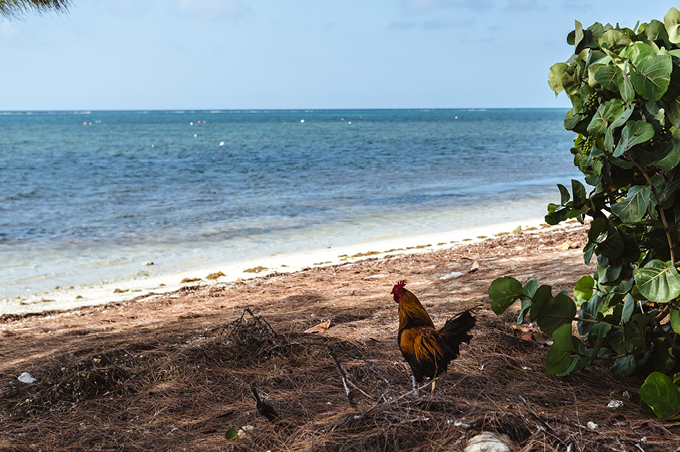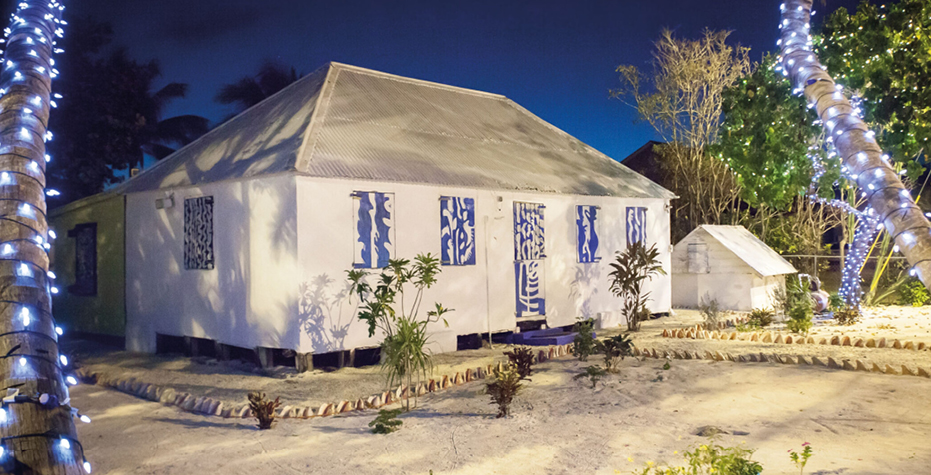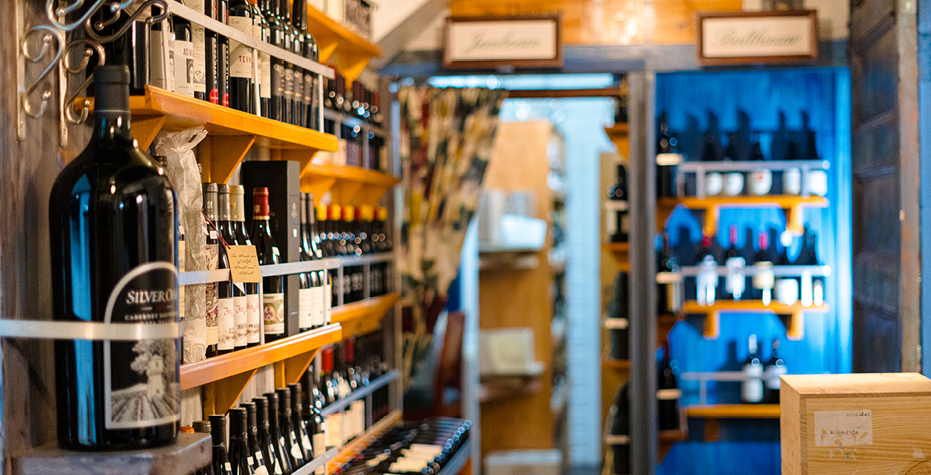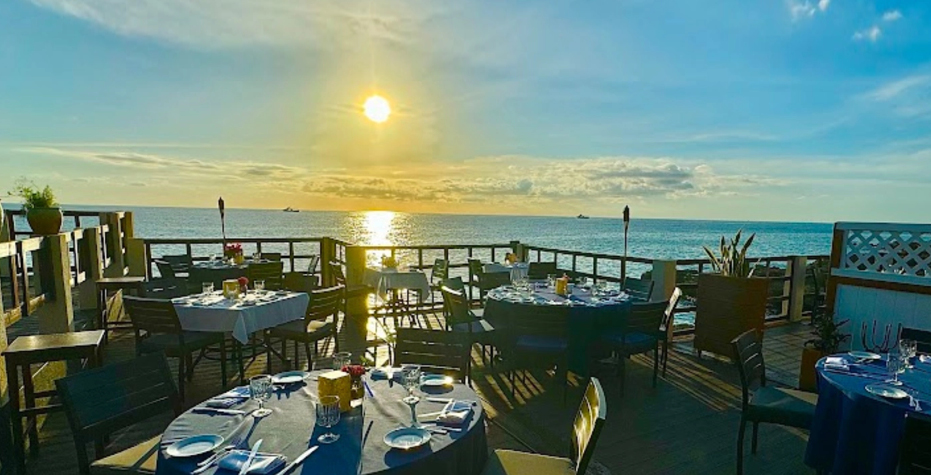South Sound’s central location made it a hub for travel, with families launching boats from Smith’s Cove barcadere, a slipway carved into the ironshore. Smith Cove remains a beloved spot in South Sound today for picnics and swimming. One of the most celebrated ship launchings took place in 1923 with the “Klosking”, a vessel built by Steadman Bodden. The entire South Sound community gathered for the christening, honouring traditions passed down for generations. Nearby, the wreckage of the Norwegian barque Pallas, lost in a 1910 storm, still remains—now serving as a marine refuge and snorkeling spot.
Early homes were built from ironwood and wattle-and-daub, designed for durability. Some, like Petra Plantation, a former coconut plantation now home to Grand Old House restaurant, and the residence of renowned artist Gladwyn (Lassie) Bush, still stand today. Bush’s home, recognised by the World Monuments Watch, is a testament to Cayman’s artistic and cultural heritage.
Life in South Sound was simple but rich—children played marbles in the streets, and families gathered for Sunday school picnics. By the mid-20th century, as tourism grew, South Sound transitioned from a rural community to a sought-after residential area. World-class dive shops like Sunset House (est. 1958) and Don Foster’s (est. 1982) have operated in South Sound for decades, while sports clubs founded in the 1970s, further enhanced its reputation for modern recreation.
The first Rotary Club of Cayman, chartered at Grand Old House in 1966, helped strengthen South Sound’s ties to George Town, which evolved into a global financial hub. Today, George Town is internationally recognised for its banking, insurance, accounting, and legal sectors, further elevating South Sound’s prestige and connectivity.
Timeline: South Sound through the years
17th–19th century
- Mid-1600s: First settlers arrive in the Cayman Islands.
- 1730s: Land grants issued, marking early development in South Sound.
- 1834: Slavery is abolished in the Cayman Islands, leading South Sound to turn to seafaring and shipbuilding as a way of life.
20th century
- 1923: Launch of the ship Klosking becomes a community milestone.
- 1932: The ’32 hurricane reshapes the community.
- 1950s–60s: South Sound transitions from a rural area to a sought-after residential neighbourhood.
- 1958: Sunset House dive shop opens, becoming a landmark for divers.
- 1966: The first Rotary Club of the Cayman Islands is founded at Grand Old House, strengthening the community’s ties to George Town.
- 1969: Petra Plantation is transformed into Grand Old House, one of the Cayman Islands’ most iconic restaurants.
- 1970s: Recreational facilities, including the Cayman Islands Tennis Club and Rugby Club, open.
- 1982: Don Foster’s dive shop is established, further cementing South Sound’s reputation as a diving destination.
Present day
South Sound remains a harmonious blend of history, culture, and modern living. While new homes and developments continue to shape the area, its historic landmarks, strong community ties, and deep connection to the sea preserve its original character. With its pristine beaches, vibrant marine life, and peaceful mangroves, South Sound is not only a living reminder of Cayman’s past but also a haven for those who seek beauty, heritage, and connection to nature.

